Steps to revive MSMEs in the current times and build a turbulence-proof business (using DIP Strategy).
The MSME sector is the backbone of our national economic structure and has always acted as the bulwark for the Indian economy, providing it resilience to ward off global economic shocks and adversities.
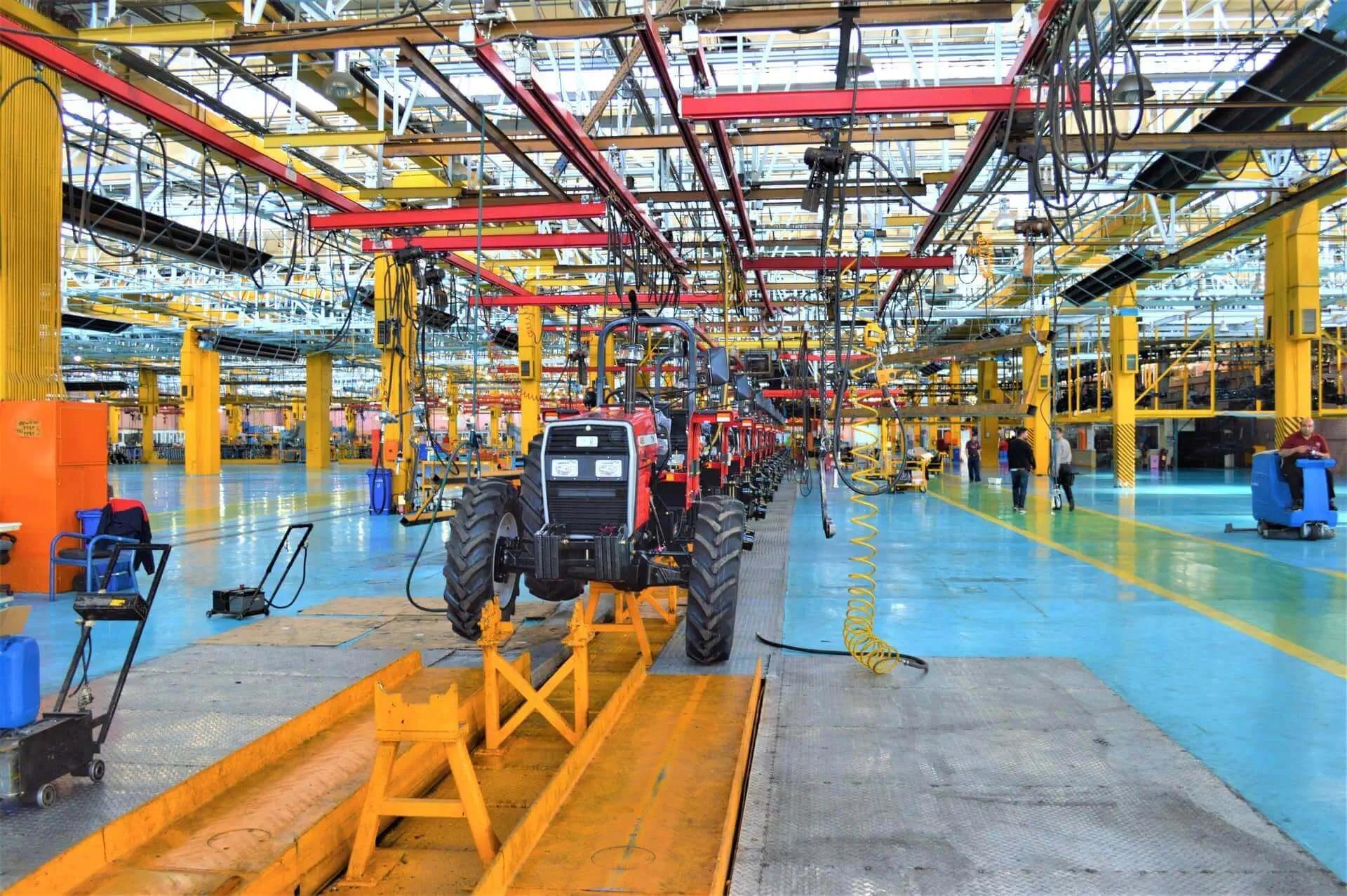
- With around 63.4 million units throughout the geographical expanse of the country, MSMEs contribute around 6.11% of the manufacturing GDP and 24.63% of the GDP from service activities as well as 33.4% of India's manufacturing output. They have been able to provide employment to around 120 million people and contribute around 45% of the overall exports from India. The sector has consistently maintained a growth rate of over 10%.
- With so much of contribution from this sector to nation building, the MSME sector itself is, currently, in troubled waters because of the ongoing pandemic, its inability to deal with adversities, and a lack of futuristic vision. Since the nation-wide lockdown, the sector is grappled with problems such as dried-up credit, low/no sales, halted production, logistics, uncertainty of demand revival among others.
- The pandemic has not only forced many businesses to close doors but also has led many others to face problems like never before. This has led to question the earlier practices followed by several MSMEs that went into oblivion. But the ones who have survived tell a different story. They survived, and still doing well, is because they took an early decision to transform their businesses and prepare themselves for situations like these. Let us see how they prepared themselves and what they did differently following which long-term strategies and short-term strategies.

Back in late 2019, the government nudged MSMEs to save energy and invest and adopt energy-efficient measures. The government also released energy conservation guidelines and a knowledge management portal called Sidhiee for the early adoption of energy-efficient technologies among MSMEs. The initiatives were taken to mitigate carbon emissions and to ensure energy conservation in the MSME sector.
It has always been said that businesses should not put all of their eggs in one basket, meaning business diversification is key to mitigate ones risks and safeguard losses due to market adversities. Diversifying across products, customers, and geographies not only improve revenues but also boost competitive advantage. A CRISIL study found that average sales of MSMEs with a diversified product/service, customer, and geography base grew by 18 per cent in 2013-14, in comparison with 10 per cent growth achieved by players with limited/no diversification.
Investments in newer technologies, newer manufacturing tools, and the adoption of sustainable and efficient measures help businesses to mitigate risks and to continue operations with only a slight/no hiccup in the revenue generation. These futuristic approaches and way of doing business have not only helped them save millions of rupees in the current times but also has taken them ahead in the competition. According to a recent study, 85 per cent of Indian businesses in MSME sector, that have survived the burnt of COVID-19 disruption, consider investing in newer technologies and reskilling their existing workforce for digital adoption, to be critical for their growth. In addition, the Credit Guarantee Fund Trust for Micro and Small Enterprises (CGTMSE) by the Indian government has allowed the flow of credit to MSME sector without the need of collaterals that has helped several businesses to invest in such areas to boost productivity.
- The MSMEs should learn from large organizations and continuously strive for performance excellence by implementing in new practices and initiatives. Understanding structural and operational bottlenecks and doing a root-cause analysis in areas of production, maintenance, logistics, and safety would help one achieve zero-defects and gain competitive advantage in the market.
- In the areas of production, implementing Agile, Lean or Six Sigma methodologies would help businesses to cut down the wastage at the initial stage. Demand forecast using data analysis is also an effective way to predict demand and control the production and supply. These quality management practices and safety management practices, when implemented and followed, increases the market competitiveness of the businesses, with better operational efficiency and lesser overall risk.

With every passing day, the business landscape is changing rapidly, and thus digitizing and automating the business processes has always been a smart decision for any business owner.
- There is no doubt that the current times are tough. The economy is going for a dive. Businesses, in the MSME sector, are struggling to take the operations to the pre-COVID stage. Working capital has shortened. Expenses are piling up, and manpower is uncertain. With less demand in the market, orders are weak in numbers. The problems are rising with each passing day. Thus to control the ongoing situation, the government has provided a much-needed credit facility to these businesses in the MSME sector. Low cost of credit has also given them much needed cushion to revive their businesses. But this, reaction to this adverse situation, is not the far-sighted solution for any business. Though it may help some businesses to revive its operations, but in the long run this idea is not sustainable and could adversely effect the industry again in adverse times.
- For any business to survive and thrive in any adverse situation, the below 5 points are necessary and crucial:
- 1. Focus on lean manufacturing
- 2. Prioritize orders
- 3. Implement continuous flow to improve throughput
- 4. Conduct rapid implementation
- 5. Upgrade infrastructure and adopt modern efficient technologies
These are immediate steps to revive any business in turbulent times for a short term. With time we have seen businesses come out of the problem, not by rebooting the whole thing but by tweaking few things, mentioned above, in their businesses that reduced their visible losses and other phantom expenditures. However businesses should focus and give time and effort in the DIP strategy discussed earlier to have a business and future without turbulences.
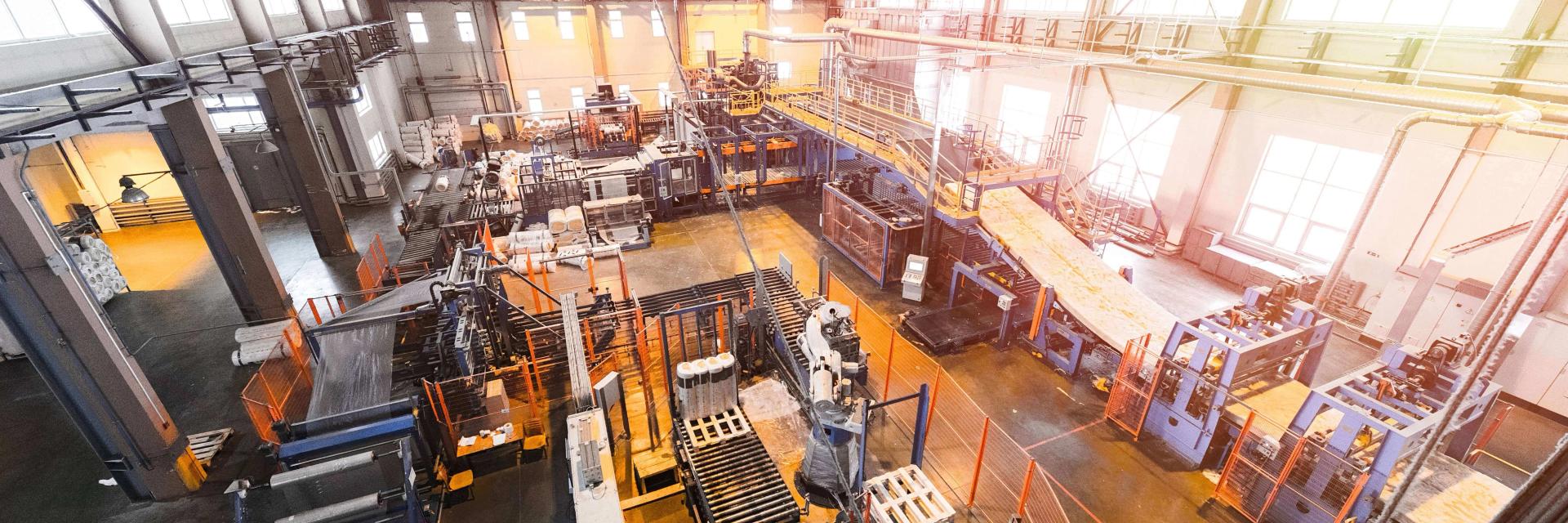
Adoption of best practices, knowledge management systems and appropriate technologies will enhance the productivity levels and competitiveness of Indian MSMEs in the international market.
- One of the major problems, in the MSME sector, has always been with energy wastage. MSME sector accounts for a large share of energy consumption. However, in pre-COVID19 days, it has always been the victim of uncontrolled usage of electricity and in coming post-COVID19 days, where businesses will be accompanied by several overhead expenses, managing electricity consumption (with rising energy costs) will be very crucial to reduce the expenses and invest those savings at appropriate areas of business. MSME sector has the potential to save 25% to 30% of the energy consumed at present.
- Most of the businesses, that survived the burnt of COVID-19, have equipped their business premises with an efficient electricity management system, like Enture from Nebeskie Labs, among other automation technologies. Adopting to newer technologies not only augmented the effort of the businesses but also helped them achieve efficiency in their processes resulting in saving uncontrolled expenses. And thus automating areas that contribute to the majority of phantom losses is a smart thing to do. But the lack of access to latest technologies make this sector vulnerable to energy security and competitiveness in global market.

Energy-efficient technologies and measures, like Electricity Management System, taken by MSMEs would reduce their power bills and make them competitive in the international markets while also preparing them for any adverse situation likely to happen in future said Mr. Nitin Gadkari during an event on energy efficiency in MSME sector.

- Energy-efficiency investments tend to have high upfront costs. Low capital and low credit- worthiness of many MSMEs remains a barrier to adopting these new measures, which could otherwise help their bottom line. But the perception of high upfront costs of new emerging technologies are now challenged by new-age start-ups that give advanced features with low upfront investment and quick ROI to businesses. Thus, MSME units competing with larger enterprises are three times more likely to carry out an energy-efficiency audit and three-and-a- half times more likely to invest in energy-efficient technologies (EETs) because of these emerging startups in the energy sector providing energy-efficient technologies,
- With more competitive environment, the business landscape will go on a major change in the post-Covid19 days. Thus investment in newer technologies and adoption of sustainable and efficient measures will be the key driver for the revival of many businesses in the MSME sector.

How OEE Software Can Be Customized for Different Types of Manufacturing Equipment
Customizing OEE software for various manufacturing equipment involves tailoring its features, integrations, and data processing capabilities to suit the unique requirements of specific equipment types and manufacturing processes...

How can OEE software automate data collection from different machines
OEE software automates data collection from different machines by leveraging advanced technologies and standardized protocols to ensure seamless and accurate data acquisition...

How OEE Differs Across Various Industries
Overall Equipment Effectiveness (OEE) is a versatile metric, but its application and benchmarks vary significantly across industries due to differences in operational processes, equipment types, and industry-specific challenges...

Common Challenges in Implementing OEE Metrics
Implementing Overall Equipment Effectiveness (OEE) metrics can be transformative for manufacturing efficiency, but it comes with several challenges...

How can OEE be used to improve manufacturing efficiency
Overall Equipment Effectiveness (OEE) can significantly improve manufacturing efficiency by identifying inefficiencies, reducing waste, and optimizing production processes...
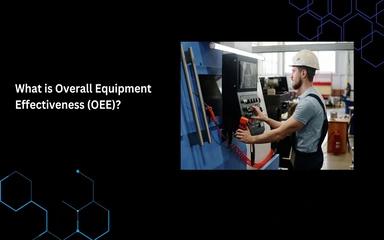
Overall Equipment Effectiveness (OEE)
Overall Equipment Effectiveness (OEE) is a standard metric used to evaluate the efficiency and productivity...

Challenges of Ageing OnPremise Energy Monitoring Systems
Energy management has become more critical in today's fast-paced industrial and commercial environments...

Unlocking Predictive Maintenance A Deep Dive into Energy Usage Analysis
In today's fast-paced world, where energy consumption directly correlates with operational efficiency...

Cybersecurity in Digitized Factories: Protecting the Future of Manufacturing
As factories worldwide embrace digital transformation, they become increasingly connected and automated...

Energy Monitoring & Savings: Harnessing Insights
In an era where sustainability has become a keystone for responsible living and environmental stewardship...

Maximizing Building Efficiency: Navigating the Essentials of EPI
Energy efficiency is crucial in today's built environment, not just for cost savings but also for environmental sustainability...
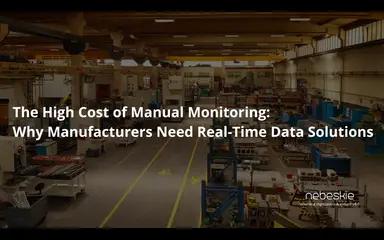
The High Cost of Manual Monitoring: Manufacturers Need Real-Time Data Solutions
In today's rapidly advancing world, 99% of factories and large commercial buildings ...

Industry 4.0: The Technological Ally in Achieving Net Zero Goals
The industrial sector is a significant contributor to worldwide greenhouse gas (GHG) emissions...

Leveraging IIoT for Enhanced Sustainability Metrics in Manufacturing
Sustainability has become a vital part of the contemporary manufacturing industry. The Industrial Internet of Things (IIoT)...

Navigating the Path to Net Zero: Harnessing Digitization for Sustainable Transformation
As the world grapples with the urgency of climate change, the concept of achieving net zero emissions...

Harnessing the Power of IIoT and Digitization in Shaping Future Organization Strategies
The Industrial Internet of Things (IIoT) is revolutionizing how businesses operate, offering unprecedented...

Carbon Border Adjustment Mechanism (CBAM)
The Carbon Border Adjustment Mechanism aims to mitigate carbon leakage by imposing a carbon price on ...
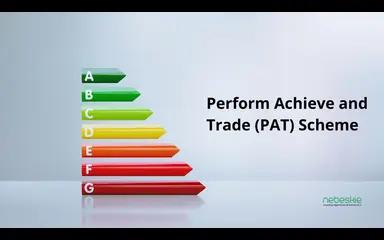
PAT Scheme
The National Mission for Enhanced Energy Efficiency (NMEEE) is one of the eight missions under the National ...

IIoT for MSME
In the era of Industry 4.0, technological advancements are transforming the way businesses operate...

HVAC Monitoring
In today's world, where we are more and more aware of energy usage, the way we manage our HVAC (Heating, Ventilation, and Air Conditioning) ...
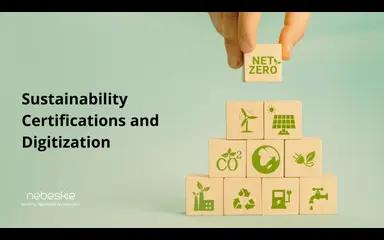
Sustainability Certifications and Digitization
India is aiming to be Net Zero by 2070, Government of India has a huge push towards “Green Growth” by providing a budget of INR 35,000 cr...

ESG Reporting
Environmental, Social and Governance or ESG, are a set of data and principles used to evaluate how an organization’s behavior is impacting society and the environment, and the standards to which it is governed...

Indoor Air Quality
On average, a person spends 90,000 hours at work over a lifetime, roughly 10.2 years. And in the hustle and bustle of work, it's easy to take the air we breathe in our indoor spaces' comfort for granted...

VFD Monitoring
Variable Frequency Drive (VFD) monitoring is a crucial aspect of industrial and commercial where electric motors are widely used. VFDs devices control the speed & torque of electric motors by varying the frequency and voltage...

Securing the Digital Landscape of Industry 4.0
The world has been rapidly shifting towards digitalization & automation with the advent of Industry 4.0.

Roadmap for Factory & Building Digitization
For factory and building digitization, outlining the essential steps to successfully implement Industrial Internet of Things (IIoT) solutions for energy management, data-driven maintenance strategies, and overall efficiency...

Digital transformation in manufacturing
Digital transformation in manufacturing is the process of integrating digital technologies into all areas of a manufacturing company’s operations and processes to drive more efficient production, reduce costs

Unleashing the Power of Industry 4.0, IoT, and Digitization
By leveraging cutting-edge technologies, optimize power quality, enhance energy efficiency, streamline management tasks, drive strategic decision-making...

The OT and IT Integeration - Industry 4.0
IIoT enables monitoring of OTs and machinery through the OTs. IIoT. Once the operation, energy, and production data are available, predictive maintenance are implemented to drive efficiency...
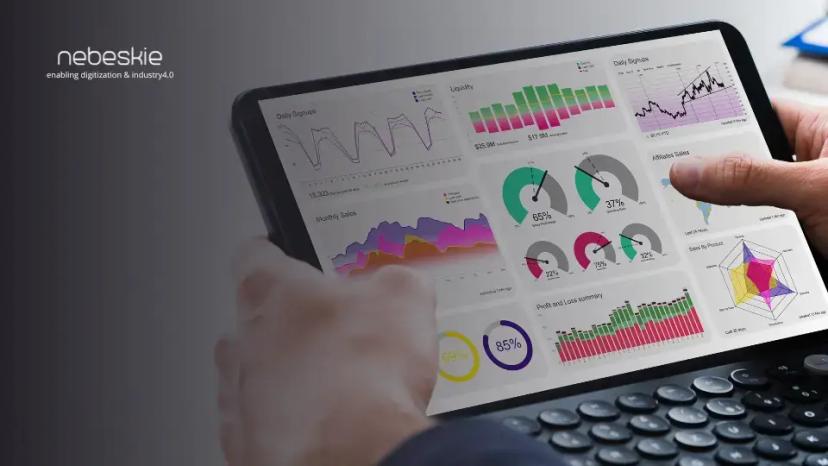
Digitization, Industry4.0 and Predictive Maintenance
IIoT-based predictive maintenance utilizes historical data to make accurate predictions about asset health, utilization, performance, enabling organizations to take action based on this information and data...

How to implement digitization project successfully?
Digitization is an opportunity to transform your operations to solve your top challenges and meet your business goals; it is not just about upgrading production technology to reduce downtime risks...
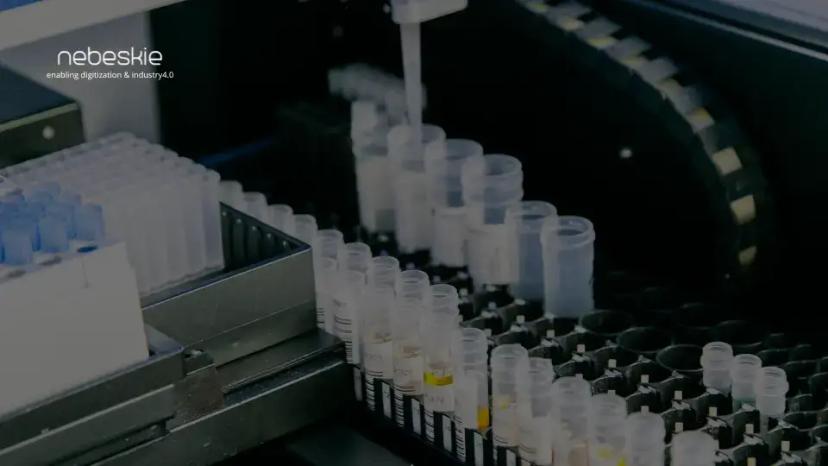
OEE for Pharma Industry
India has the highest number of US-FDA compliant Pharma plants outside of the USA and is home to more than 3,000 pharma companies with a strong network of over 10,500 manufacturing facilities...
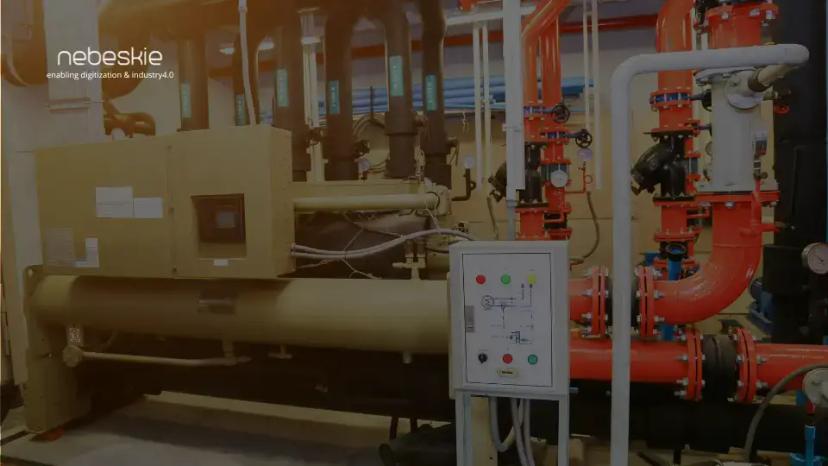
Big bill for bill chill
With better access to data, one can clearly see when their chillers are costing them the most to operate. As well as seeing what is happening, access to data allows the owners of chiller units to detect potential faults...
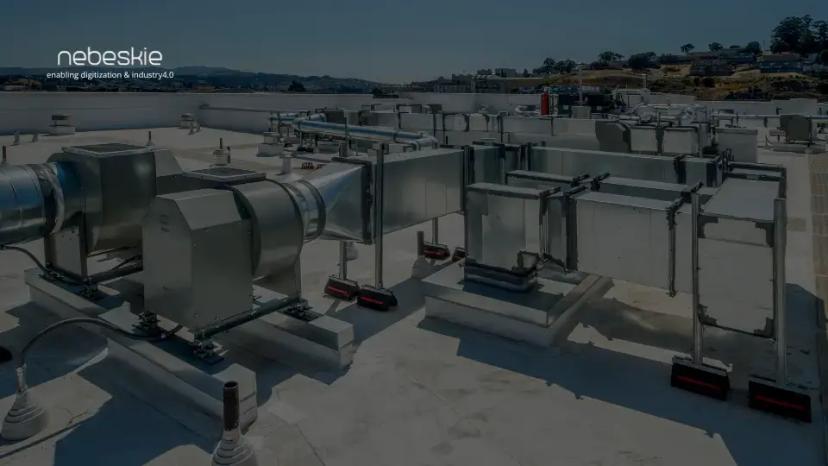
HVAC Monitoring for Systems Integerators Contractors and Domain Experts
Using the IoT to monitor and record HVAC systems helps manufacturers, contractors, system integrators, domain experts, and end-users improve energy efficiency...
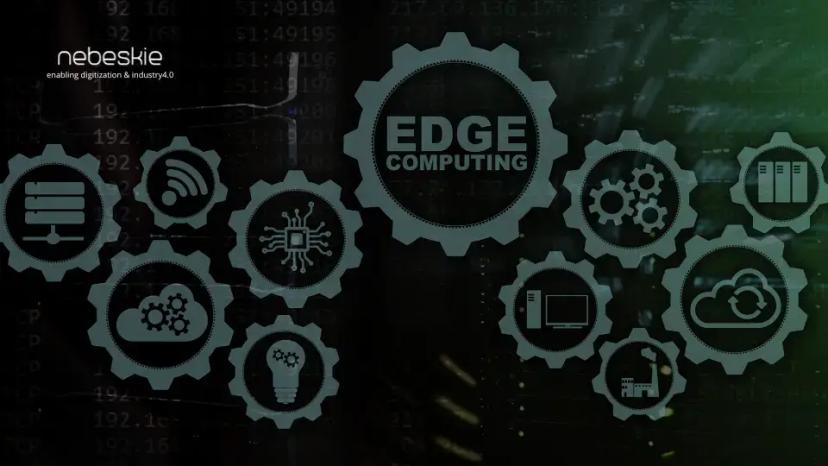
Edge Computing - An essential pillar for Industry 4.0
Edge Computing serves as the bridge to connect the operation technology & the information technology. Top reasons why deploying edge computing is essential for I4.0 or digitization...

Tips to implement Digitization
The main objective of digitizing factories is to enhance operational visibility with all stakeholders, optimize resource efficiency and productivity, and, ultimately, build better quality products with less cost...

IIoT/I4.0 and Security: Why should you focus on Security?
With the evolution of The Industrial Internet of Things (IIoT) or I4.0, manufacturers will have networks of connected industrial devices working together to monitor...

Importance Of Measuring Power Quality
Power quality monitoring is similar to energy monitoring in which they measure voltage and current. There are much higher processing and computational requirements in order to detect, capture, and measure power quality...
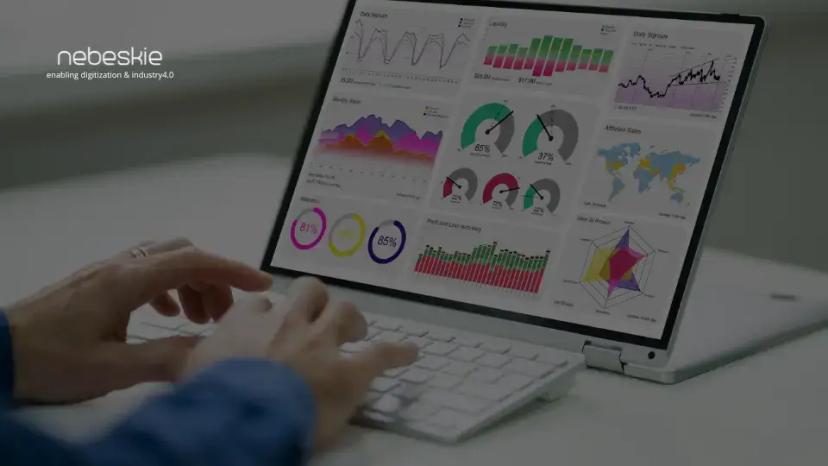
Energy Monitoring is primarily a management technique
Energy monitoring and targeting is an approach in energy management to eliminate waste, reduce current level of energy use and optimize existing operation efficiency...
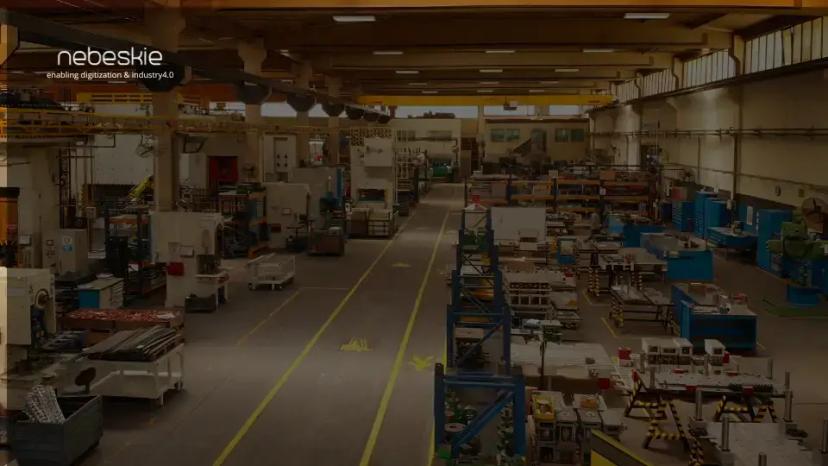
Industry 4.0 for Small and Medium Enterprise (SMEs)
In a highly competitive market, the greatest challenge for all MSMEs is to address the needs of the end customer, while keeping costs down...

IoT and Predictive Maintenance - Make Your Buildings Energy Efficient
IoT enabled predictive maintenance strategies apart from preventing unexpected equipment failures can also improve the energy efficiency.
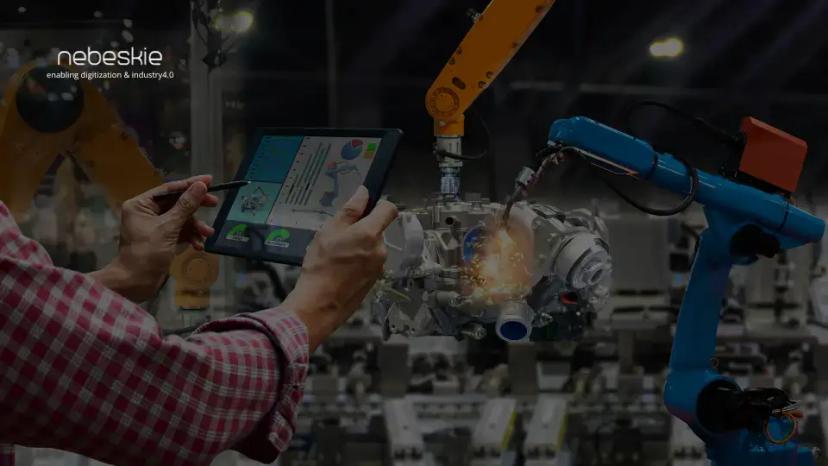
Industry 4.0 & Digitization for efficiency
Digitization transforms business processes to drive profitability and efficiency. It ensures higher efficiency, lower operating costs, and better control of business operations for the companies...
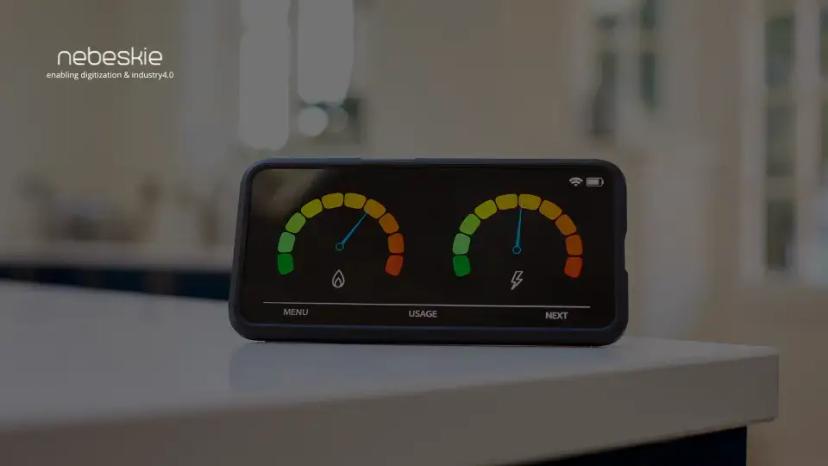
Dont Ignore Benchmarking
Energy monitoring has become one of the prime focus areas for almost all facilities across various sectors these days; implementing few energy-saving projects, realises the cost savings...

What are sustainable development goals and why it is important for humanity and mother earth?
According to the UN, The Sustainable Development Goals (SDGs) are the world’s shared plan to end severe poverty, reduce inequality, and protect the planet by 2030...
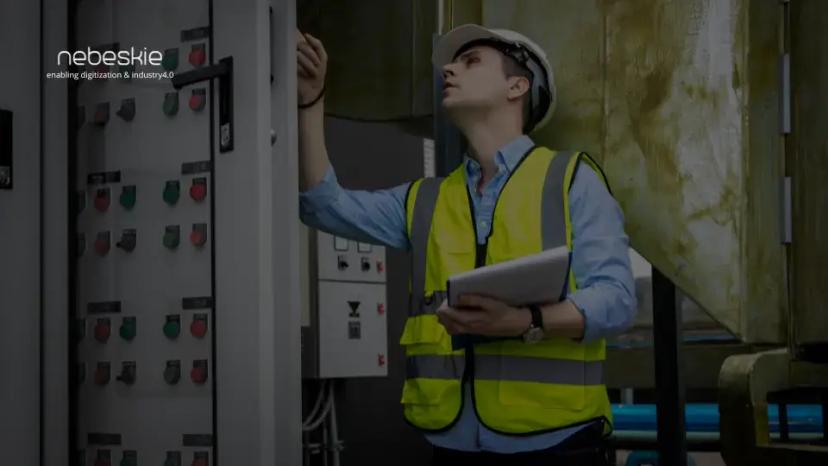
SCADA and IoT EMS
SCADA is an automation software & works with a short span of dense data for reliable operation. It consists of programmable control logic & is designed to achieve very advance...
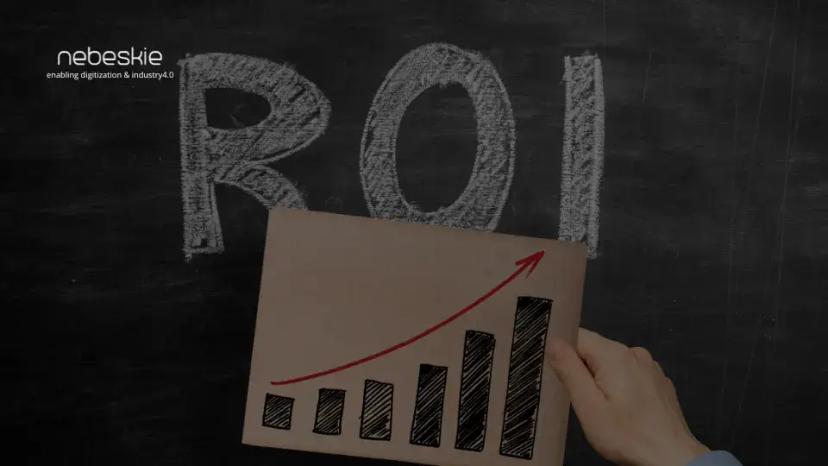
ROI for Smart Energy Monitoring Systems
For any energy-saving project to go through, ROI is the key, the same applies to deploying smart energy management systems; ROI depends on a smarter way of configuring...

Industry 4.0 and How to implement it
Implementing Industry 4.0 into MSMEs can directly result in increased competitiveness with much bigger firms, improved productivity, better operational IT, cost reduction...

Energy Monitoring and Targeting
Energy Monitoring & Targeting(EM&T) is essential for industries & commercial buildings. It's globally proven energy monitoring alone leads to a significant amount of savings...
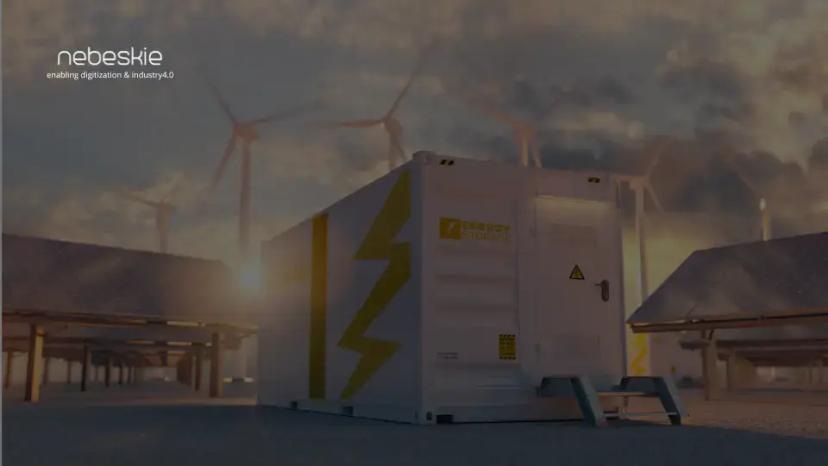
IoT Energy Management
Energy management is the process to plan & manage energy consumption in buildings. Monitoring energy data across the whole organization at a regular interval is a daunting task...

Specific Energy Consumption Report and Energy Monitoring Benefits
Energy Management System enables your facility and finance teams to identify excess energy use and empowers them to resolve the issue and save money...

Steps to revive MSMEs in the current times and build a turbulence-proof business (using DIP Strategy)
The main objective of digitizing factories is to enhance operational visibility with all stakeholders, optimize resource efficiency, productivity build with less cost...

How is NEBESKIE LABS redefining the Electricity Management & helping reduce electricity wastage for businesses in India?
The world is moving ahead with a vision to build sustainable cities of the future using advanced technologies...

